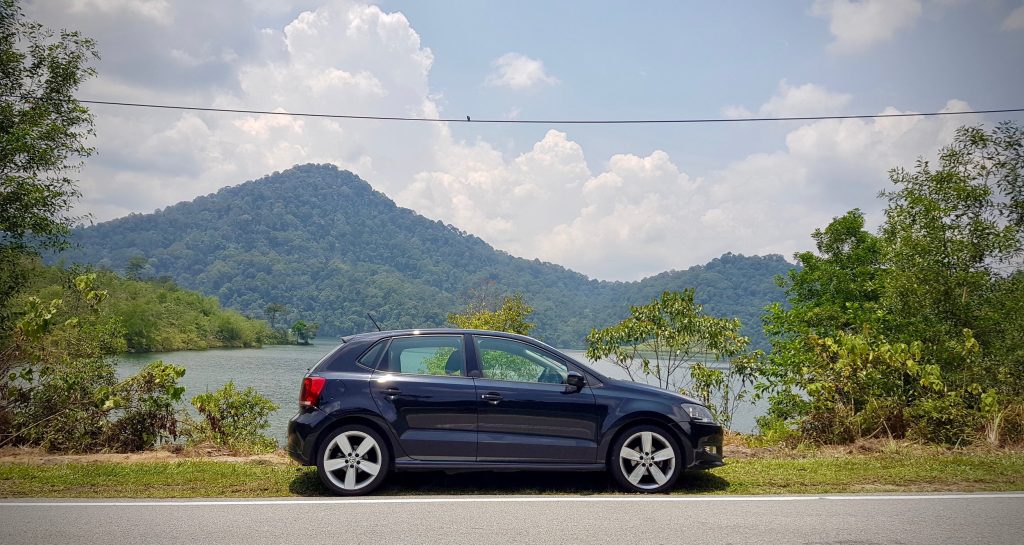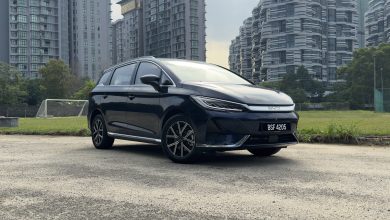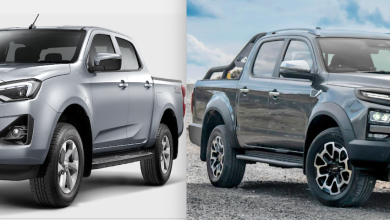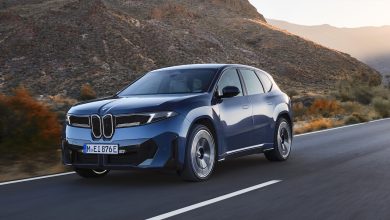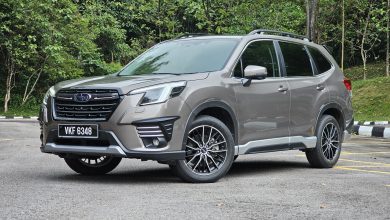Why Are New Car Prices Oh So HIGH In Malaysia?
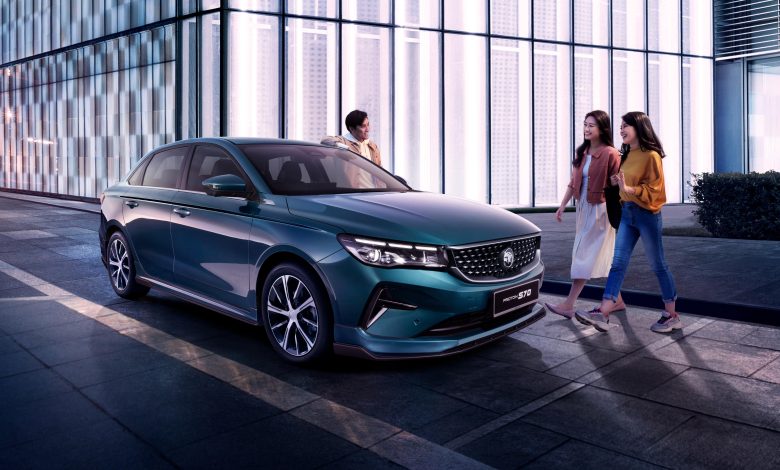
Taxes are the big boogeyman when talking about why car prices are high in Malaysia, but is that the whole story?
As many in the United States are recently waking up in horror to the news that Trump has recently imposed a sweeping 25% tariff on all car and car part imports into North America — a move most likely to significantly increase car prices over there — the Malaysian motoring public might instead have a rather nonplussed reaction to this developing story.
Such is the case because, in the likely most depressing of gloats, we Malaysians over here have long endured some of the highest car prices in the world…
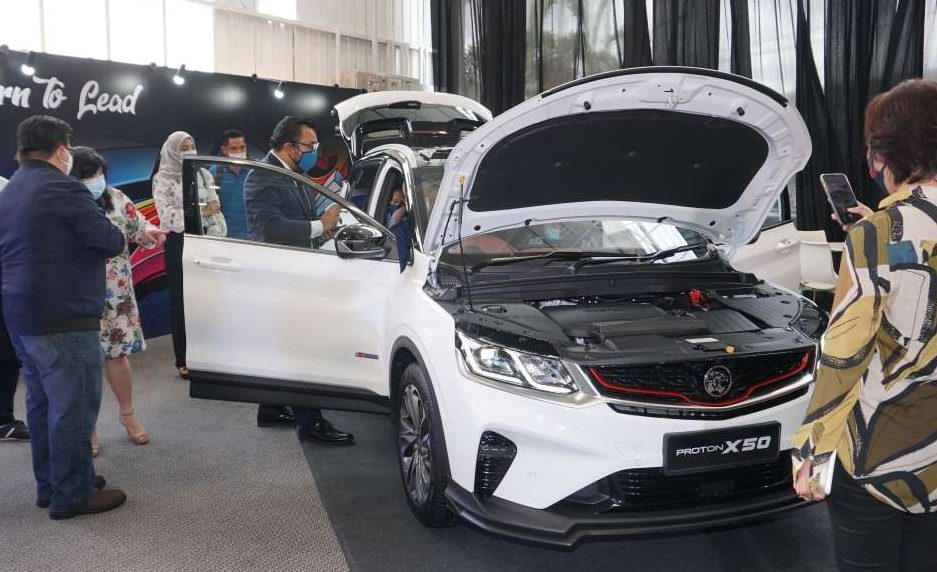
Taxes, Taxes & More Taxes
Now, the first and most obvious reason everyone points to when discussing Malaysia’s sky-high car prices is, of course, taxes.
Calling a spade a spade here, the reality is that the taxes imposed from the protectionist policies put in place to support the local automotive industry — namely Proton and Perodua, but also other local vendors in general — are a significant reason for our inflated car prices over here.
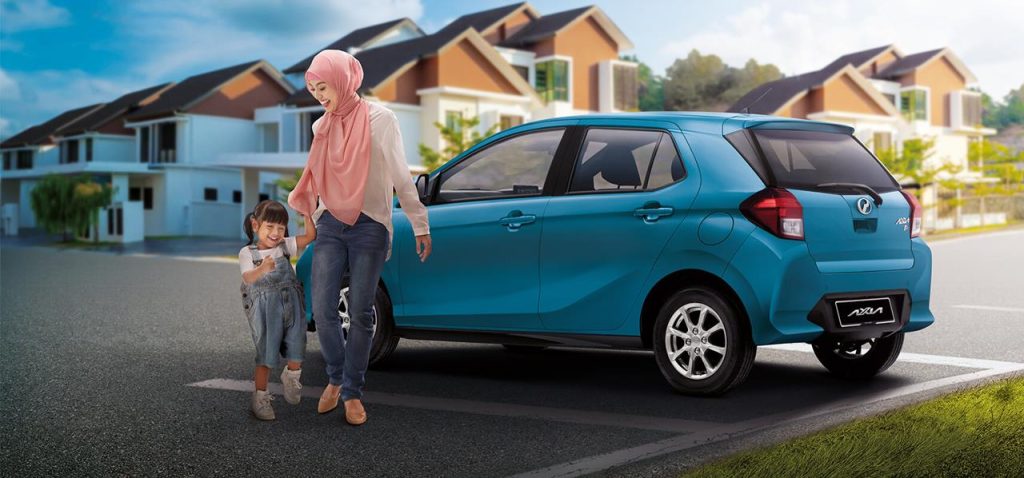
Malaysia’s automotive taxation system primarily revolves around import duty and excise duty, with a standard 10% Sales and Services Tax (SST) applied on top. Import duty serves to regulate and tax goods entering the country, ostensibly to protect domestic markets and generate government revenue. Meanwhile, excise duty is imposed on both imported and locally produced vehicles as a means of controlling consumption and further bolstering government coffers.
Depending on the country of origin, import duty can be as high as 30%, while excise duty varies based on vehicle type and engine capacity, ranging from 60% to an eye-watering 105% for higher-end models. These levies quickly inflate the cost of even modestly priced vehicles, making them feel like premium purchases.
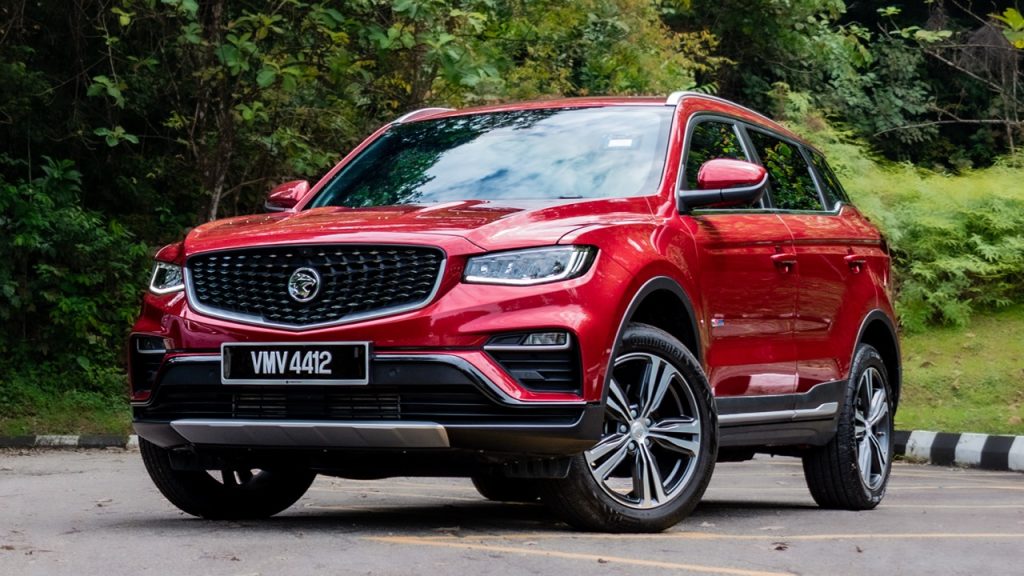
And to illustrate this fact, consider the Toyota GR86. In Japan, this supposedly entry-level sports coupe retails for approximately RM 105,000. But by the time it passes the customs at Port Klang and makes its way into a UMW Toyota showroom, its price then balloons by nearly three times to RM 295,000. Ouch…
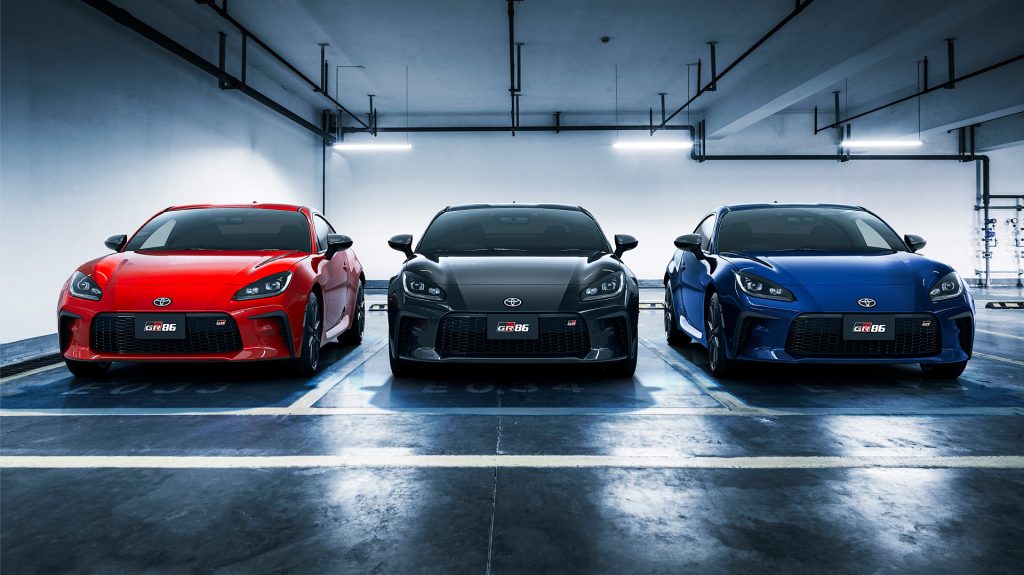
Taxes Are Not The Whole Story Though…
While high taxes are the usual suspect when discussing Malaysia’s expensive car prices, it would be remiss not to mention that they aren’t the only reason we Malaysians are paying so much for our motors.
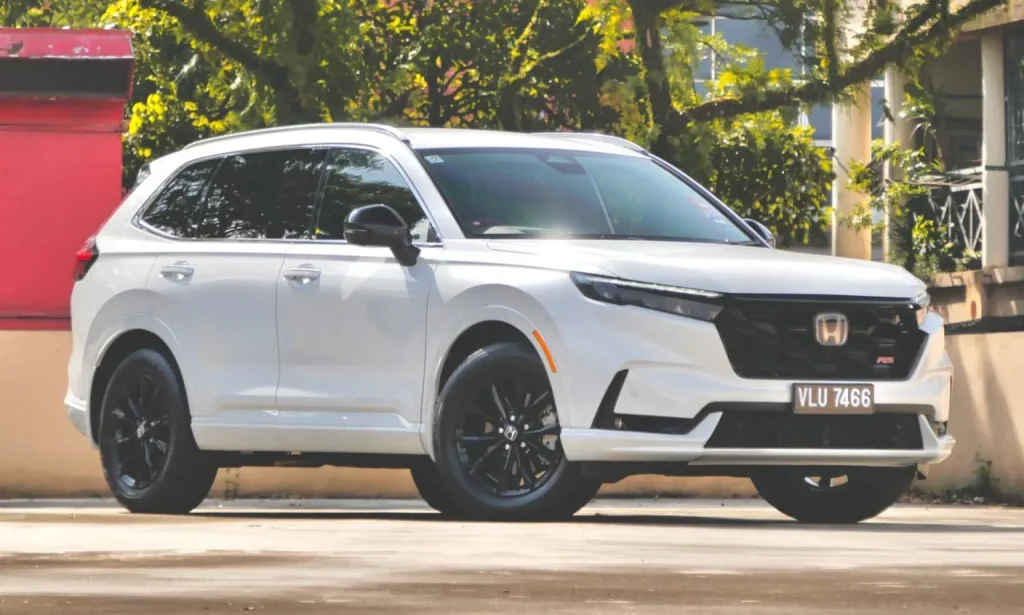
A quick look at car prices in Langkawi and Labuan after all — both of which are exempt from import and excise duties — proves that vehicles are still relatively expensive in Malaysia, even when these levies are removed.
Sure, fully imported exotics are to be significantly cheaper in these tax-free zones than on the mainland (thereby leading to the petrolhead in-joke that a KV plate means someone got half-off deal on their supercar). But locally assembled vehicles with a high local parts content, like a Perodua Myvi for example, unfortunately only sees a marginal price drop of just RM 2,000 when it wears the same KV registration over any other Peninsular plate.
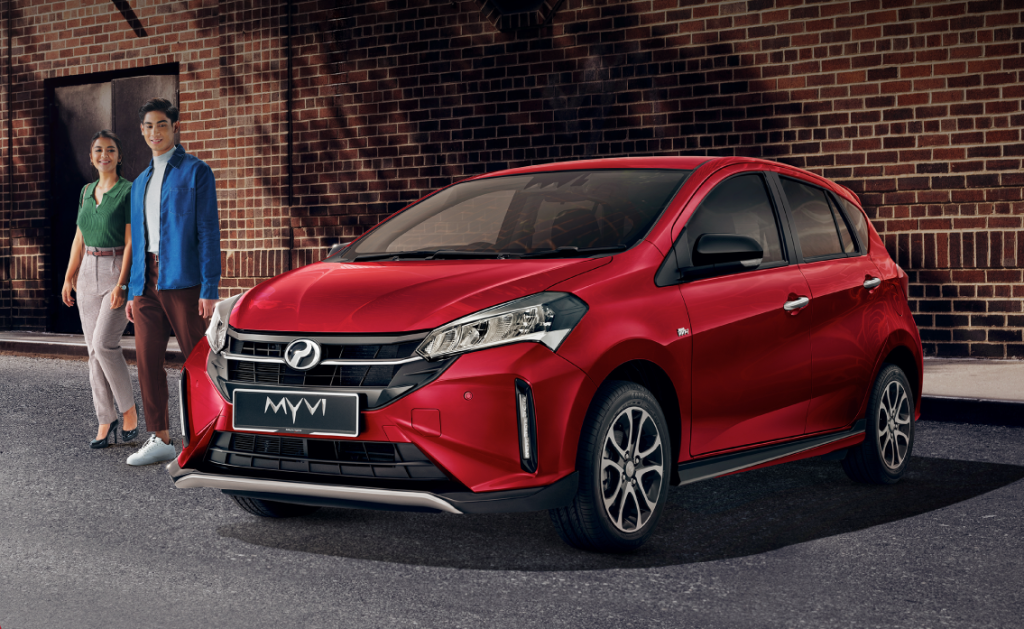
So here naturally leads to the question as to why then does a humble Myvi still cost nearly a full year’s salary for the average Malaysian, while the same Brit could afford something like an Audi Q3 on their annual pay check?
Well, part of it has to do with exactly that: the low wages of the Malaysian worker.
While a supercar priced at RM 1 million might be equivalent to what it costs in the US or UK after the currency conversion, the burden of such a price tag is felt far more deeply in Malaysia due to significantly lower median incomes.
Malaysians are still taking out long-term car loans at significantly higher rates than most other developed nations, often stretching over nine years just to make monthly instalments manageable. Even in tax-free zones, car prices still feel disproportionately high because our wages remain comparatively low relative to the cost of living. This financial strain makes car ownership an ongoing burden, rather than a simple necessity or lifestyle choice.
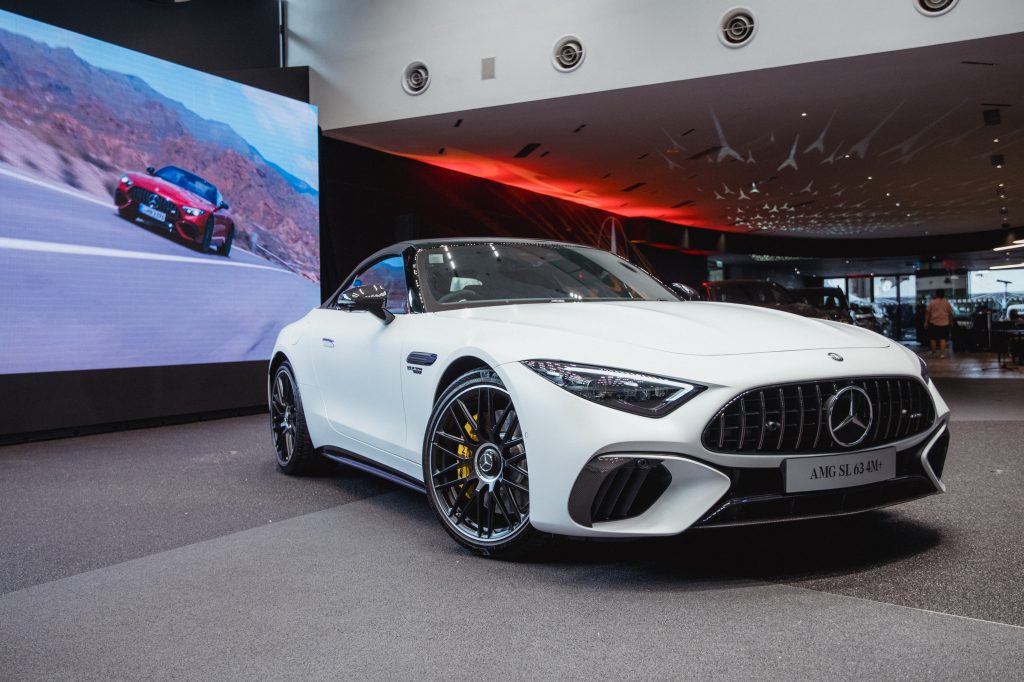
Adding to this, automakers are well aware of the perception that cars are a luxury product in Malaysia. This has allowed them to price vehicles higher, knowing that consumers are already conditioned to expect expensive car prices.
The ongoing EV price war has also exposed how much profit automakers have long been making off the Malaysian car buyer. Why else would a certain Chinese automaker be able to slash over RM 30,000 off their brand-new car at the drop of a hat?
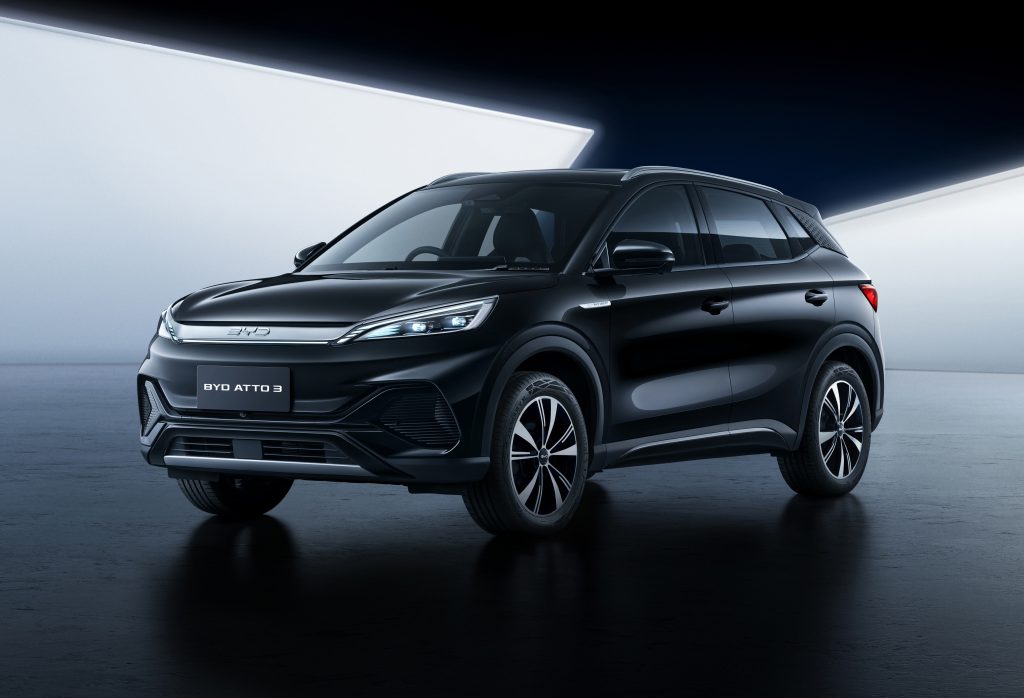
There Are Nevertheless A Few Silver Linings…
That being said, while buying a car in Malaysia is ridiculously expensive, owning and running one is still relatively affordable compared to many other nations.
For starters, petrol prices in Malaysia remain mercifully cheap (for now, at least), thanks to government subsidies. A full tank of RON 95 still costs significantly less than what motorists in the UK, US, or even Singapore pay.
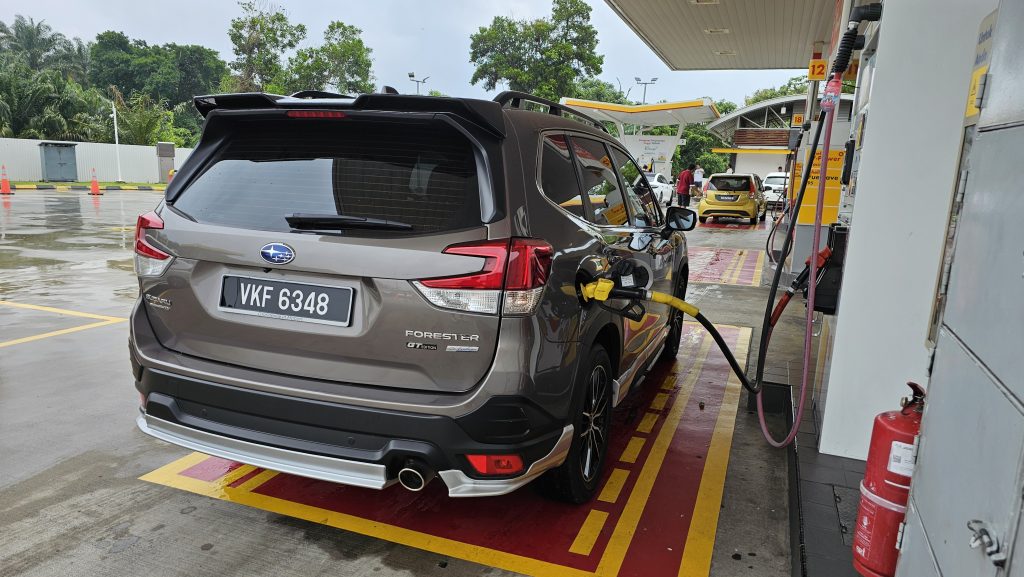
Furthermore, auto insurance is a well-regulated industry here and is relatively affordable, especially when compared to markets like the UK or US, where comprehensive coverage can be shockingly expensive.
And then, of course, there’s the somewhat questionable but undeniable freedom Malaysian motorists enjoy on the roads!
Compared to developed nations, where there are cameras and police officers enforcing road laws at every turn, Malaysia’s relatively liberal attitude to traffic laws means drivers here can get away with a lot more — something that’s evident in how Singaporeans treat Malaysian highways like a race track every weekend.
So while car prices in Malaysia are indeed painfully high, at least owning and driving one isn’t as costly or restrictive as it is elsewhere. Swings and roundabouts…
